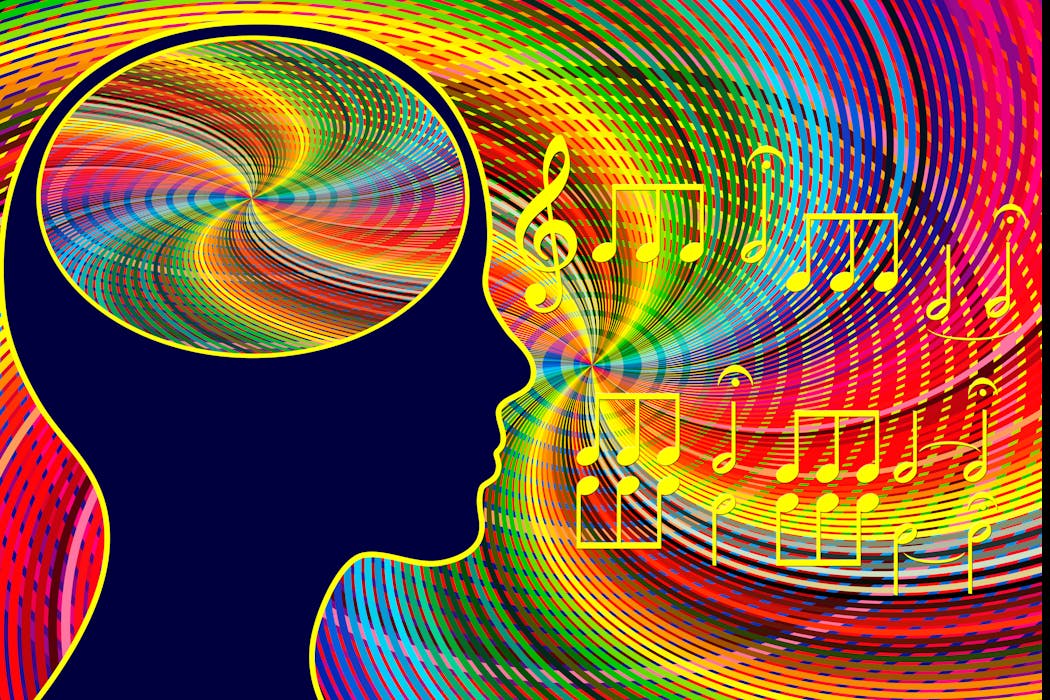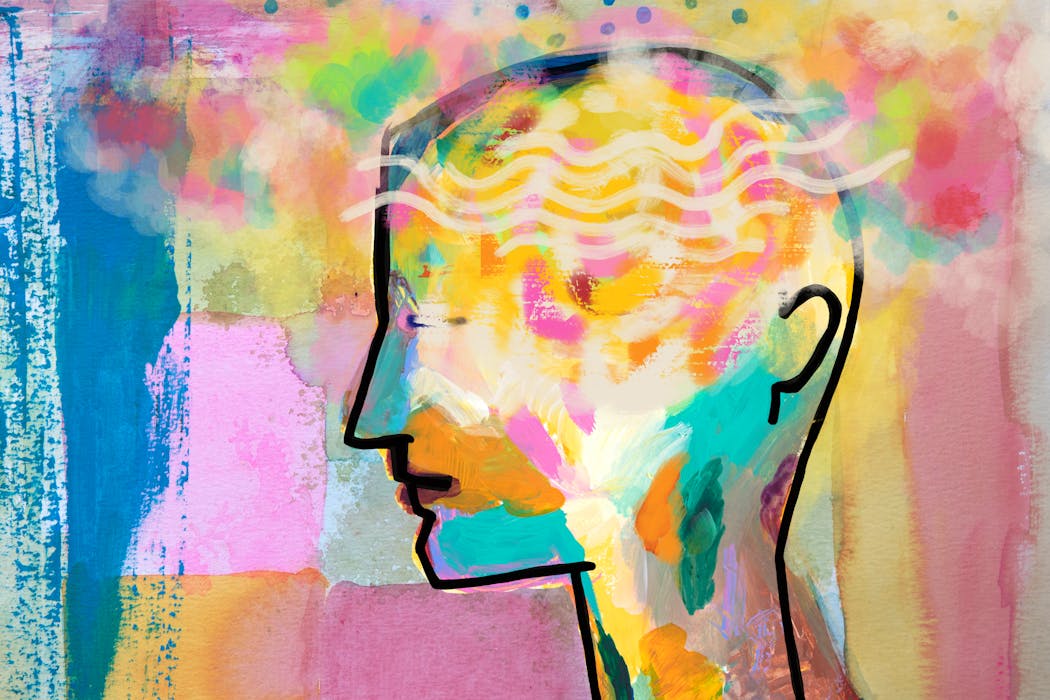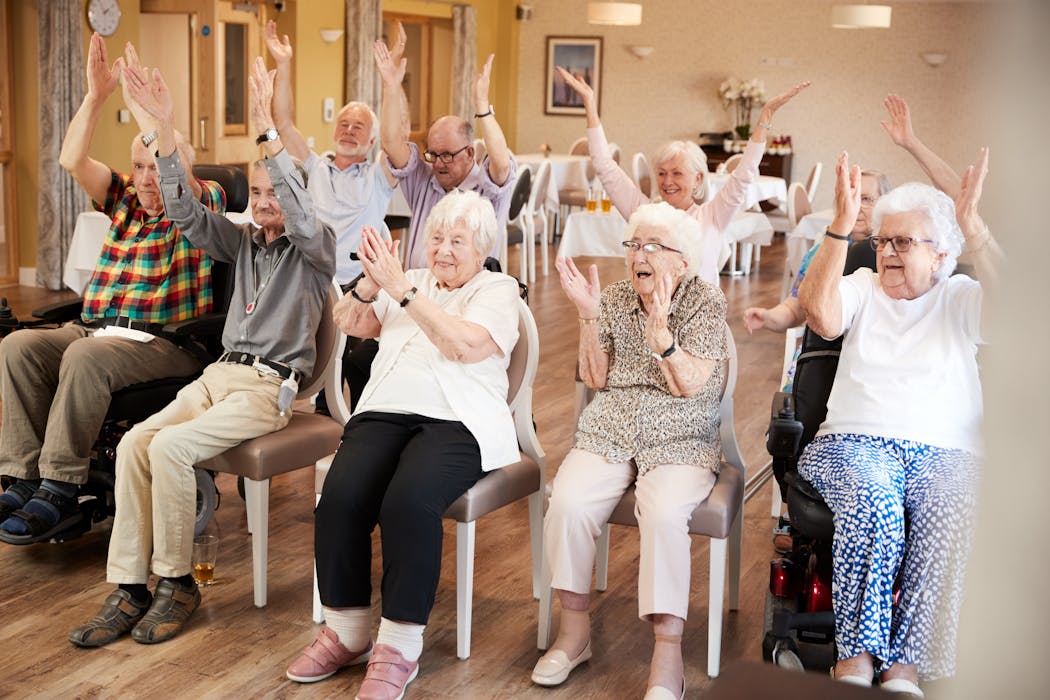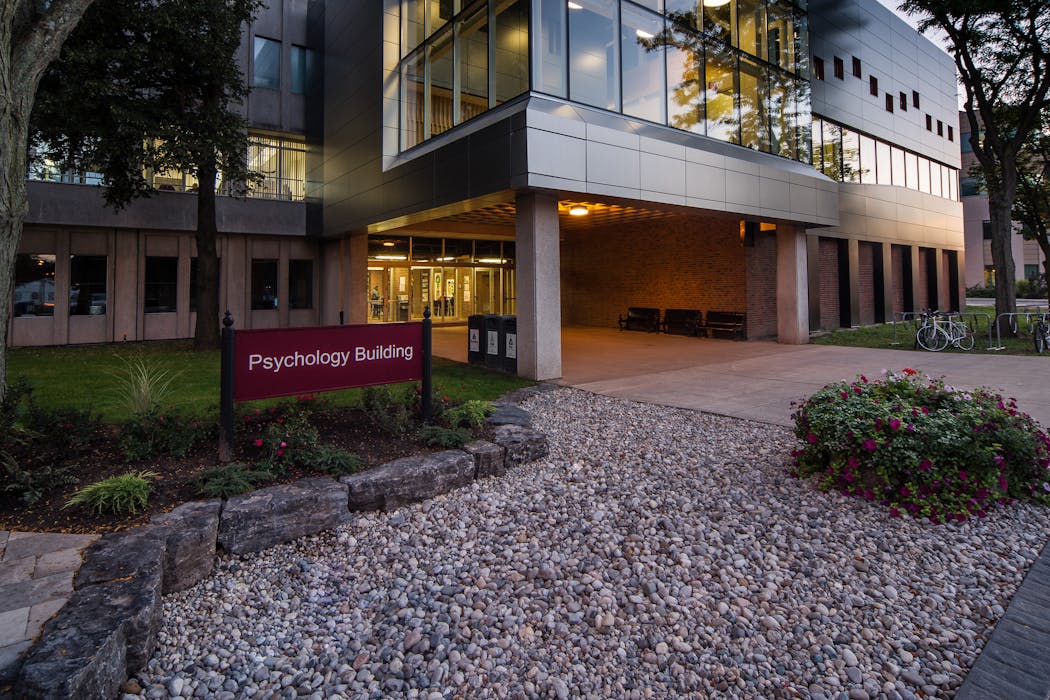Movement-based psychotherapy is a form of therapy that integrates physical movement and psychological processes to promote healing and well-being. This approach recognizes the interconnectedness of the mind and body, and seeks to address mental health challenges through the use of movement and physical activity. Movement-based psychotherapy can take many forms, including dance therapy, yoga therapy, and somatic experiencing. These modalities aim to help individuals access and process emotions, release tension, and develop a greater sense of self-awareness. By engaging in movement-based psychotherapy, individuals can explore their inner experiences, express themselves creatively, and develop new coping skills to navigate life’s challenges.
Movement-based psychotherapy is rooted in the understanding that the body holds onto emotional and psychological experiences, and that movement can be a powerful tool for processing and releasing these experiences. This approach is based on the belief that the body has its own wisdom and intelligence, and that by tuning into bodily sensations and movements, individuals can gain insight into their emotional and psychological states. Movement-based psychotherapy also emphasizes the importance of embodiment, or being fully present in one’s body, as a means of promoting healing and well-being. Through movement-based psychotherapy, individuals can learn to listen to their bodies, cultivate self-compassion, and develop a greater sense of connection to themselves and others.
The Mind-Body Connection: How Movement Affects Mental Health
The mind-body connection is a fundamental aspect of movement-based psychotherapy, as it recognizes the profound impact that physical movement can have on mental health. Research has shown that engaging in regular physical activity can have a positive effect on mood, stress levels, and overall well-being. Physical movement has been found to release endorphins, which are natural mood lifters, and reduce levels of stress hormones such as cortisol. Additionally, physical activity can help individuals regulate their emotions, improve their self-esteem, and enhance their overall sense of vitality.
Furthermore, movement-based psychotherapy can help individuals develop a greater sense of body awareness and mindfulness, which can be beneficial for managing symptoms of anxiety and depression. By tuning into bodily sensations and movements, individuals can learn to ground themselves in the present moment, reduce rumination, and cultivate a greater sense of calm. Movement-based psychotherapy also provides individuals with an opportunity to express themselves creatively and connect with their emotions in a non-verbal way. This can be particularly beneficial for individuals who struggle to articulate their feelings verbally, as it provides an alternative means of communication and expression.
Overcoming Mental Health Challenges Through Physical Activity
Physical activity has been shown to be an effective tool for overcoming mental health challenges such as anxiety, depression, and trauma. Engaging in regular physical activity can help individuals regulate their emotions, reduce symptoms of anxiety and depression, and improve their overall sense of well-being. Physical activity has been found to release endorphins, which are natural mood lifters, and reduce levels of stress hormones such as cortisol. Additionally, physical activity can help individuals develop a greater sense of body awareness and mindfulness, which can be beneficial for managing symptoms of anxiety and depression.
Furthermore, physical activity can provide individuals with a sense of accomplishment and mastery, which can be empowering for those struggling with mental health challenges. Engaging in physical activity can help individuals build resilience, develop coping skills, and cultivate a greater sense of self-efficacy. Physical activity also provides individuals with an opportunity to connect with others and build social support networks, which can be crucial for overcoming mental health challenges. By engaging in physical activity, individuals can develop a greater sense of connection to themselves and others, and experience a greater sense of belonging and community.
The Benefits of Expressive Movement in Psychotherapy
Expressive movement in psychotherapy refers to the use of movement as a means of expressing emotions, thoughts, and experiences. This approach recognizes that the body holds onto emotional and psychological experiences, and that movement can be a powerful tool for processing and releasing these experiences. Expressive movement in psychotherapy can take many forms, including dance therapy, yoga therapy, and somatic experiencing. These modalities aim to help individuals access and process emotions, release tension, and develop a greater sense of self-awareness.
Expressive movement in psychotherapy provides individuals with an opportunity to express themselves creatively and connect with their emotions in a non-verbal way. This can be particularly beneficial for individuals who struggle to articulate their feelings verbally, as it provides an alternative means of communication and expression. Additionally, expressive movement in psychotherapy can help individuals develop a greater sense of body awareness and mindfulness, which can be beneficial for managing symptoms of anxiety and depression. By tuning into bodily sensations and movements, individuals can learn to ground themselves in the present moment, reduce rumination, and cultivate a greater sense of calm.
Exploring Movement-Based Therapeutic Techniques
Movement-based therapeutic techniques encompass a wide range of modalities that integrate physical movement and psychological processes to promote healing and well-being. These techniques include dance therapy, yoga therapy, somatic experiencing, and other forms of expressive movement therapy. Dance therapy involves using movement as a means of expression and communication, while yoga therapy combines physical postures with breathwork and mindfulness practices to promote emotional well-being. Somatic experiencing focuses on helping individuals release tension held in the body through gentle movements and mindfulness practices.
These movement-based therapeutic techniques aim to help individuals access and process emotions, release tension, and develop a greater sense of self-awareness. By engaging in these techniques, individuals can explore their inner experiences, express themselves creatively, and develop new coping skills to navigate life’s challenges. These techniques also emphasize the importance of embodiment, or being fully present in one’s body, as a means of promoting healing and well-being. Through movement-based therapeutic techniques, individuals can learn to listen to their bodies, cultivate self-compassion, and develop a greater sense of connection to themselves and others.
Finding Freedom and Empowerment Through Movement
Movement-based psychotherapy offers individuals the opportunity to find freedom and empowerment through physical movement. Engaging in movement-based psychotherapy can help individuals develop a greater sense of body awareness and mindfulness, which can be beneficial for managing symptoms of anxiety and depression. By tuning into bodily sensations and movements, individuals can learn to ground themselves in the present moment, reduce rumination, and cultivate a greater sense of calm. Movement-based psychotherapy also provides individuals with an opportunity to express themselves creatively and connect with their emotions in a non-verbal way.
Furthermore, movement-based psychotherapy can help individuals develop a greater sense of self-efficacy and empowerment. Engaging in physical activity can provide individuals with a sense of accomplishment and mastery, which can be empowering for those struggling with mental health challenges. Physical activity also provides individuals with an opportunity to connect with others and build social support networks, which can be crucial for overcoming mental health challenges. By engaging in movement-based psychotherapy, individuals can develop a greater sense of connection to themselves and others, experience a greater sense of belonging and community.
Incorporating Movement-Based Psychotherapy into Your Mental Health Journey
Incorporating movement-based psychotherapy into your mental health journey can be a powerful way to promote healing and well-being. Whether you choose to engage in dance therapy, yoga therapy, somatic experiencing, or other forms of expressive movement therapy, incorporating movement into your therapeutic process can help you access and process emotions, release tension, and develop a greater sense of self-awareness. Movement-based psychotherapy also provides you with an opportunity to express yourself creatively and connect with your emotions in a non-verbal way.
If you are considering incorporating movement-based psychotherapy into your mental health journey, it is important to find a qualified therapist who specializes in these modalities. A trained therapist can guide you through the process of using movement as a tool for healing and growth, providing you with support and guidance along the way. Additionally, it is important to approach movement-based psychotherapy with an open mind and a willingness to explore new ways of connecting with yourself and others. By incorporating movement-based psychotherapy into your mental health journey, you can develop new coping skills, cultivate self-compassion, and experience a greater sense of freedom and empowerment in your life.
Find out how Torongo Therapyplus can help you with your needs. Get in touch with us at smile@torongo.life, or call us on 02 8809 9965.































